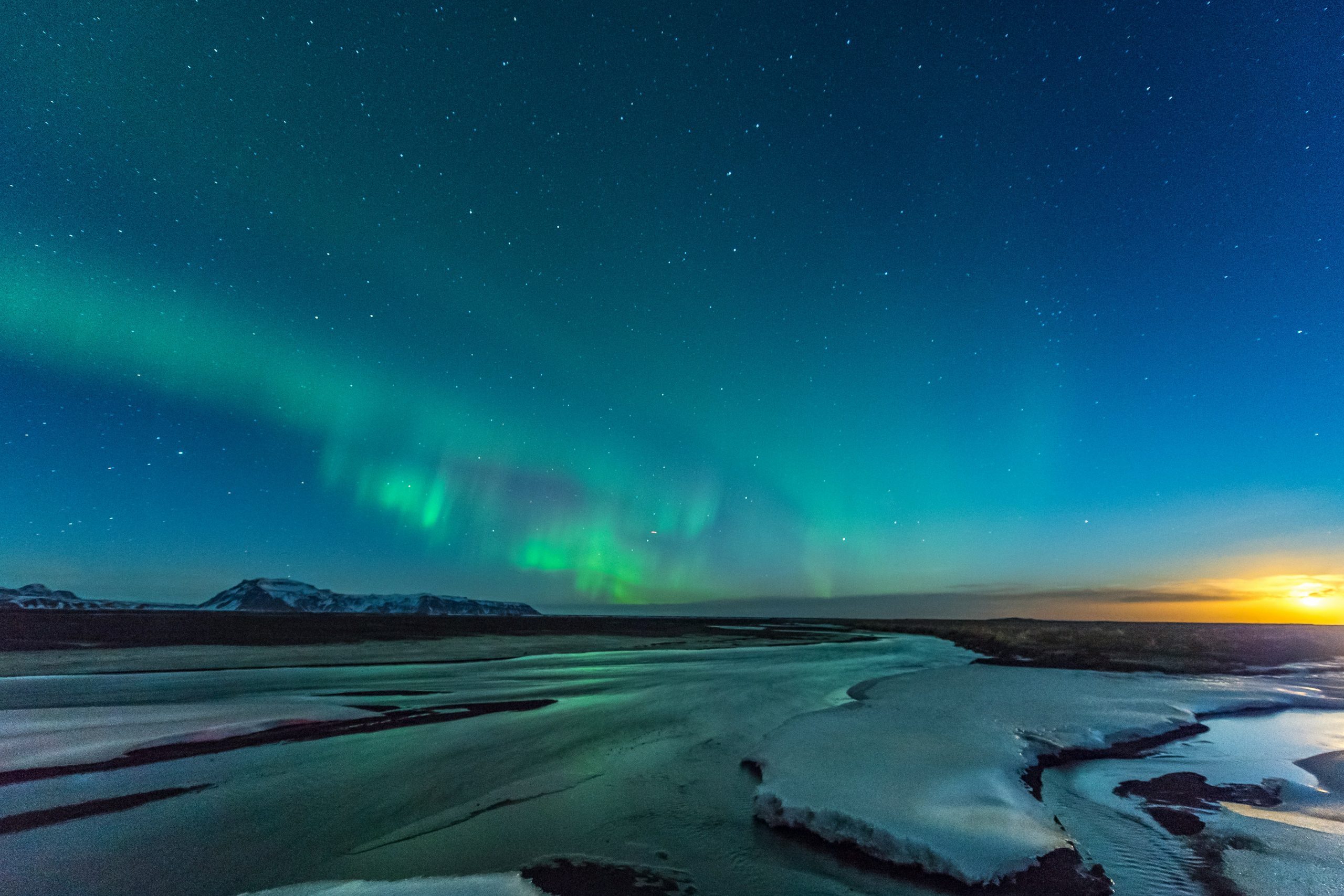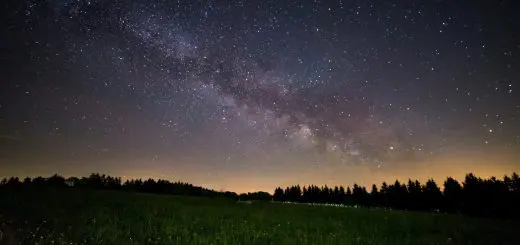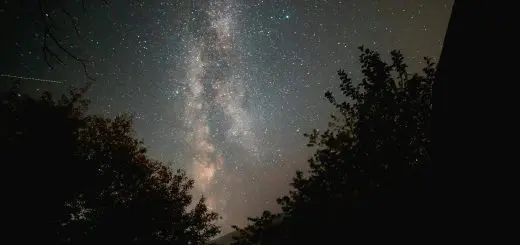Spain is in Which Continent? Discovering Spain’s Geographical Location

Looking for more amazing products? Check out our online store and explore our collection here! Happy shopping!
Before diving in, please note: This post is for informational purposes only. If you’d like to know more about how we approach topics, feel free to check out our friendly Disclaimer Page.
Hey there, amazing readers! 
We’re committed to delivering quality posts, and your support (even just sticking around despite the ads) means everything to us. So, bear with us, and thanks for helping us keep the good vibes rolling. Now, on to the fun stuff!
TRANSLATE BUTTON AT THE END OF THE ARTICLE
Spain, a country known for its rich history, vibrant culture, and beautiful landscapes, is located in a part of the world that offers incredible diversity.
From the bustling streets of Madrid to the serene beaches of the Costa Brava, Spain is one of the most beloved destinations for travelers across the globe.
But, when it comes to its geographical location, have you ever wondered: What continent is Spain in?
Let’s dive into the answer and explore Spain’s place in the world.
Spain’s Continent: Europe
The simple answer is that Spain is in Europe.
As a European country located on the Iberian Peninsula, Spain shares borders with Portugal to the west, France and Andorra to the north, and the Mediterranean Sea to the south and east.
It is part of the southernmost region of Europe, making it an ideal country for exploring Mediterranean culture, cuisine, and history.
Spain’s geographical position in Europe has made it a key player throughout European history and continues to influence its global significance today.
A Look at Spain’s Unique Position on the Iberian Peninsula
Spain, along with Portugal, occupies the Iberian Peninsula, which is a prominent landmass in southwestern Europe.
This peninsula is uniquely shaped, with Spain covering most of it, and Portugal taking up the western edge.
The Mediterranean Sea borders Spain to the east and south, while the Atlantic Ocean touches the northwestern coast.
In addition to its mainland, Spain also has several islands that extend its influence beyond the Iberian Peninsula:
The Balearic Islands in the Mediterranean, including popular destinations like Mallorca and Ibiza.
The Canary Islands off the northwest coast of Africa, which are considered part of Spain, even though they are located much farther south.
This strategic location places Spain at a crossroads between Europe, Africa, and the Americas, which has played a significant role in its cultural exchanges and historical impact.
Spain’s Proximity to Africa: A Bridge Between Two Continents
While Spain is located in Europe, its proximity to Africa is worth noting.
In fact, Spain is separated from Africa by only a narrow stretch of water known as the Strait of Gibraltar, which connects the Mediterranean Sea with the Atlantic Ocean.
At its narrowest point, the Strait of Gibraltar is just about 13 kilometers (8 miles) wide, making Spain geographically closer to Africa than many might expect.
As a result of this close connection, Spain has a deep historical and cultural relationship with Africa, particularly with the Maghreb region (North Africa).
Spanish cities like Ceuta and Melilla, which are located on the African continent, are actually autonomous cities of Spain.
Spain’s Influence in Both Europe and the World
Being part of Europe, Spain has been a major force in the continent’s history, shaping and being shaped by the developments of European politics, culture, and economics.
As a member of the European Union (EU), Spain plays an important role in the political, economic, and social landscape of Europe.
Furthermore, Spain’s historical influence stretches well beyond the continent, thanks to its imperial past during the Age of Exploration.
Spanish explorers sailed across the world, creating colonies in the Americas, Asia, and Africa.
This history still affects Spain’s global connections and cultural influence today.
Conclusion: Spain’s Location in Europe and Beyond
In conclusion, Spain is located in Europe, occupying most of the Iberian Peninsula in the southwestern part of the continent.
It is bordered by Portugal, France, and the Mediterranean, and has islands in both the Mediterranean and the Atlantic.
Its close proximity to Africa also adds a unique dimension to its geographical position.
Whether you’re exploring its historical landmarks, enjoying its sunny beaches, or savoring its famous dishes like paella, Spain’s location in Europe has made it an accessible and influential country in global history and culture.
So, the next time someone asks you, “Where is Spain?” you’ll be ready with the answer – firmly rooted in the heart of Europe but with ties that extend far beyond its borders.

The Enlightenment Journey is a remarkable collection of writings authored by a distinguished group of experts in the fields of spirituality, new age, and esoteric knowledge.
This anthology features a diverse assembly of well-experienced authors who bring their profound insights and credible perspectives to the forefront.
Each contributor possesses a wealth of knowledge and wisdom, making them authorities in their respective domains.
Together, they offer readers a transformative journey into the realms of spiritual growth, self-discovery, and esoteric enlightenment.
The Enlightenment Journey is a testament to the collective expertise of these luminaries, providing readers with a rich tapestry of ideas and information to illuminate their spiritual path.
Our Diverse Expertise
While our primary focus is on spirituality and esotericism, we are equally passionate about exploring a wide range of other topics and niches 

To ensure we provide the most accurate and valuable insights, we collaborate with trusted experts in their respective domains 
Our blog originally focused on spirituality and metaphysics, but we’ve since expanded to cover a wide range of niches. Don’t worry—we continue to publish a lot of articles on spirituality! Frequently visit our blog to explore our diverse content and stay tuned for more insightful reads.
Hey there, amazing reader! 
Check out our store here and take a peek at some of our featured products below! Thanks for being awesome!










